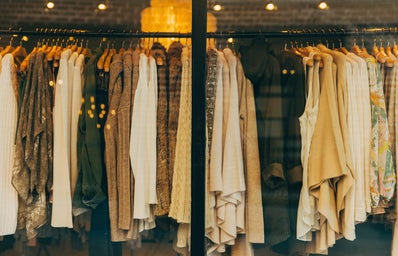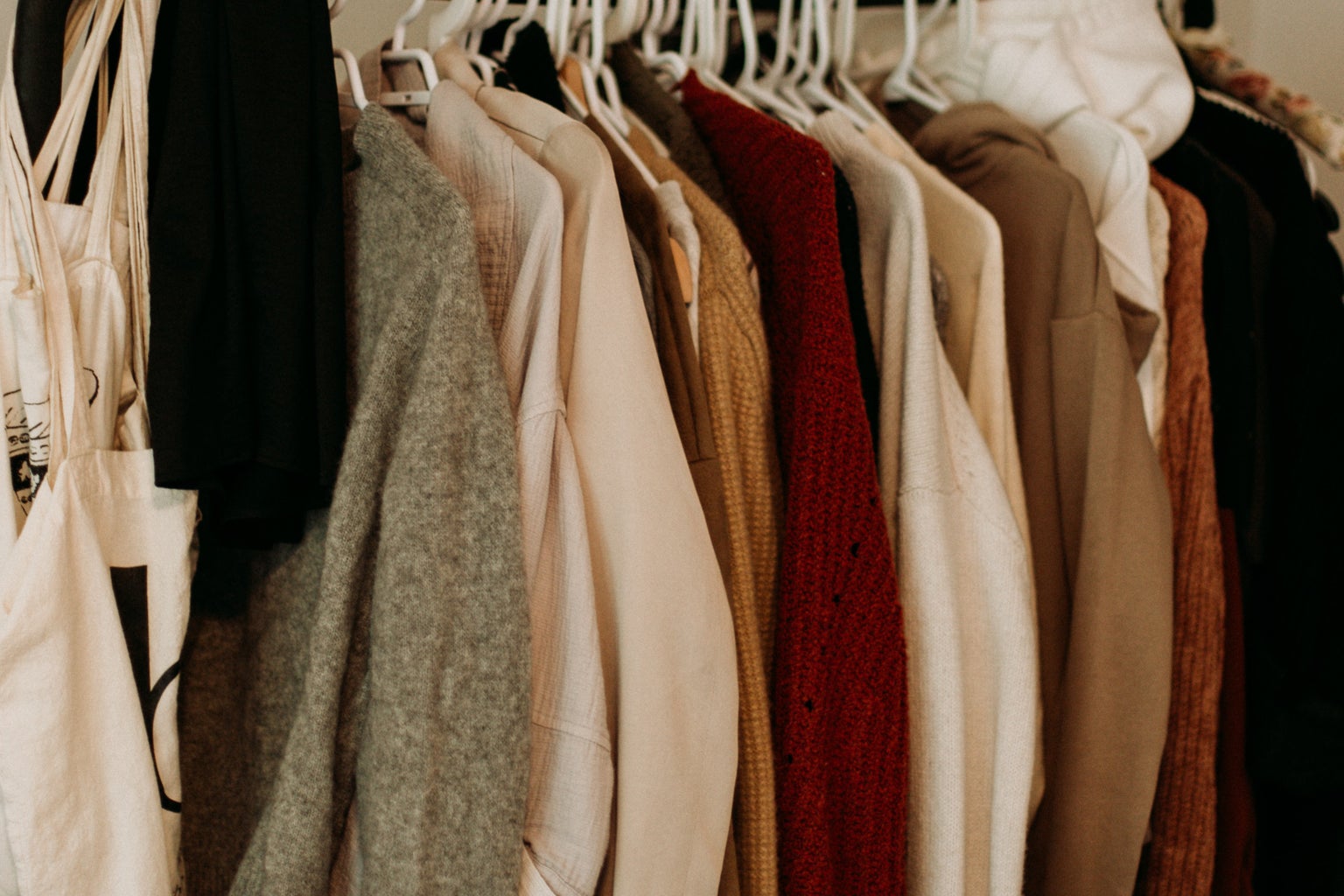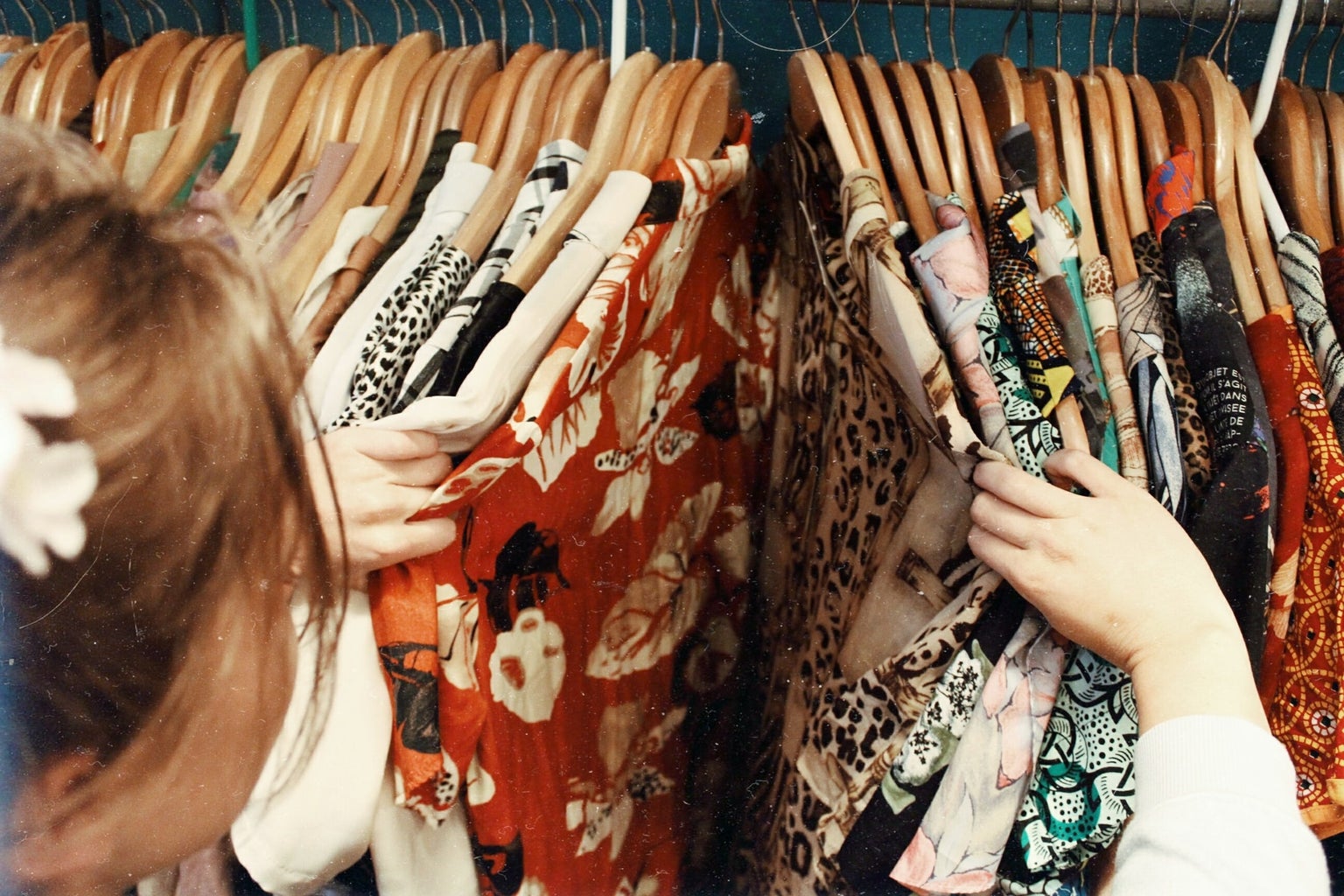Being a student is hard. Being a student on a budget is even harder. And keeping up with fashion trends while being a student on a budget is still very hard. The easiest solution would presumably be to hop onto your computer and browse websites like Shein, Zaful, and H&M, where a cute new top costs just four dollars. You don’t have to go to a store as it’s dirt cheap, and there are always new designs; perfect! However, maybe it’s all too good to be true.
If you’ve done any research on where clothing from these brands comes from, you’ll know that these brands use cheap materials to produce the max amount of clothes for the least amount of money. Plus, the reason it’s all so cheap is that the workers making the clothing are being paid the bare minimum which keeps the company’s costs down. By definition, fast fashion is “inexpensive clothing produced rapidly by mass-market retailers in response to the latest trends” (Oxford Languages). The quick turnover of trends and constant production of materials is an insane feat to keep up with. The worst impact of it all is on the environment. Fast fashion is the second most polluting industry, right after oil. Fabric and dye and carelessness for the planet are causing pollution onto clean water and producing huge amounts of textile waste. The number of clothes that are bought from these companies because their prices are so affordable causes huge turnover in individual closets as well. Since the clothing is also made from poor quality materials, they don’t last very long anyway. This raises a moral dilemma for those who love fashion: do you keep up with the trends and buy copious amounts of cheap clothes from fast fashion brands, or do you buy a couple of really nice, good quality pieces that will last you forever?
It is also fair to argue that some people simply can’t afford brands that are any more expensive than the Shein’s and Zara’s of the world. The ask isn’t to get rid of all your clothes and only buy bamboo t-shirts for the rest of your life. It’s possible to have a balance of cheap clothing and some more expensive pieces, but having an awareness of where your clothes come from is important to think about. You may not feel the same way about ordering 10 tops off Amazon after you know how the workers are treated and how the industry affects our planet. When you really think about it, there’s probably no need to own 50 tank tops. A few basic pieces that will last you years may be a better investment. There’s also the option of buying clothing second-hand off of websites like Depop or Poshmark or even going to the thrift store in order to reduce waste. That way, there are no new products being made at all! There may even be a reasonable amount of clothing to buy from these brands before it becomes an issue; it’s just a matter of balance and awareness.
Trends will always come and go, so the skirt you just bought that seems SO cool right now may make you cringe in six months. This emphasizes the importance of developing your own personal sense of style so you can buy some basic clothes that will last through all of your phases. A simple white tee, classic blue jeans, and some good sweaters; why mess with that?! That’s not to say that you have to take it to the extreme and start a minimalist wardrobe- unless you want to, then go for it!- but being mindful of our clothing purchasing habits may be good for us all.





